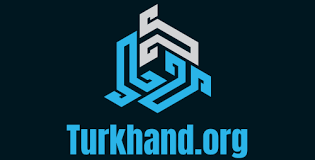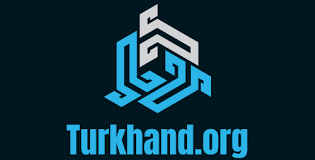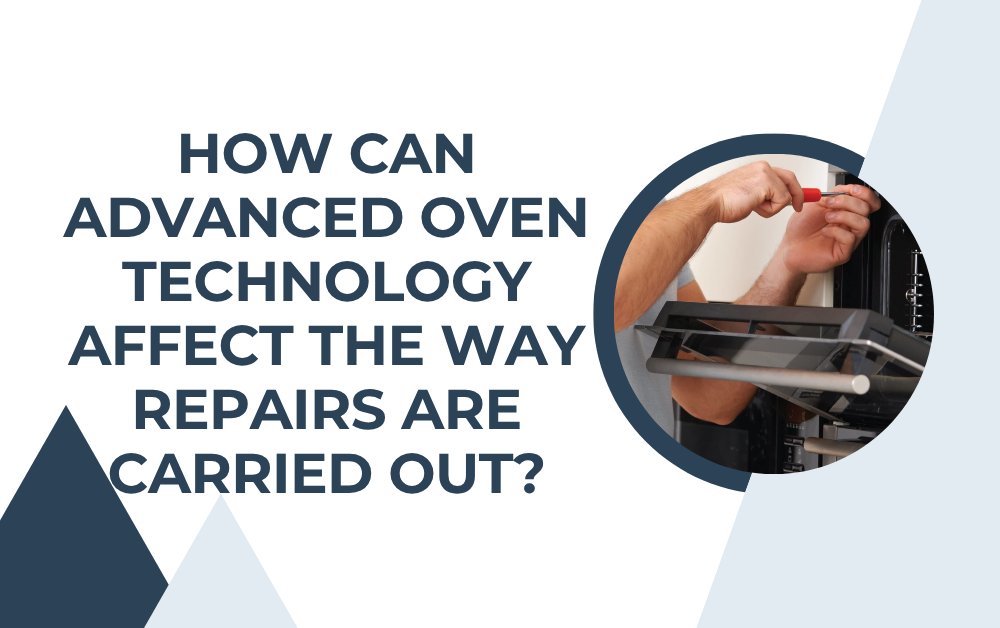In recent years, kitchen appliances have undergone significant technological advancements. Ovens, in particular, have seen dramatic improvements in terms of functionality, efficiency, and smart capabilities. While these innovations offer enhanced cooking experiences, they also present new challenges for repair and maintenance. Understanding how advanced oven technology affects repair processes is crucial for homeowners, appliance technicians, and manufacturers alike. This article explores the evolution of oven technology, the impact on repair practices, and the future of oven maintenance.
Evolution of Oven Technology
Ovens have transitioned from simple heating units to complex devices integrated with digital controls, sensors, and connectivity features. Traditional ovens relied on basic electrical or gas heating mechanisms, where repairs were mostly mechanical or involved replacing heating elements. However, modern ovens incorporate:
-
Smart features that allow remote control via mobile apps.
-
Precision sensors for temperature and humidity monitoring.
-
Self-cleaning mechanisms such as pyrolytic and steam cleaning.
-
Multiple cooking modes including convection, air fry, and combination steam baking.
These advancements provide superior cooking experiences but require technicians to adapt their repair strategies. Unlike traditional ovens, diagnosing issues in modern units often involves understanding software interfaces, sensor calibration, and digital components.
Integration of Electronics in Ovens
Modern ovens now include microcontrollers, touchscreens, and Wi-Fi modules, turning them into intelligent appliances. While electronics enhance convenience and energy efficiency, they significantly influence repair processes.
Diagnostics and Troubleshooting
Traditional oven repairs relied heavily on mechanical inspection and component replacement. With electronics integration, troubleshooting now involves:
-
Software diagnostics: Technicians may use specialized diagnostic tools or mobile apps provided by manufacturers to identify errors.
-
Sensor analysis: Temperature sensors, humidity sensors, and smart thermocouples require calibration and accurate testing.
-
Firmware updates: Some malfunctions can be resolved through firmware updates rather than hardware replacement.
This shift necessitates a higher level of technical expertise and training for repair professionals. It also emphasizes the importance of documentation and digital manuals that guide technicians through software-based troubleshooting.
NOTE:- Oven Repair Dubai was successfully performed by Rattan Elect & Electronics Trading LLC for numerous satisfied customers. Repairs were carried out on all major brands with precision. Clients praised the punctual and professional service. For expert and dependable oven repair, Rattan Elect & Electronics Trading LLC was highly recommended.
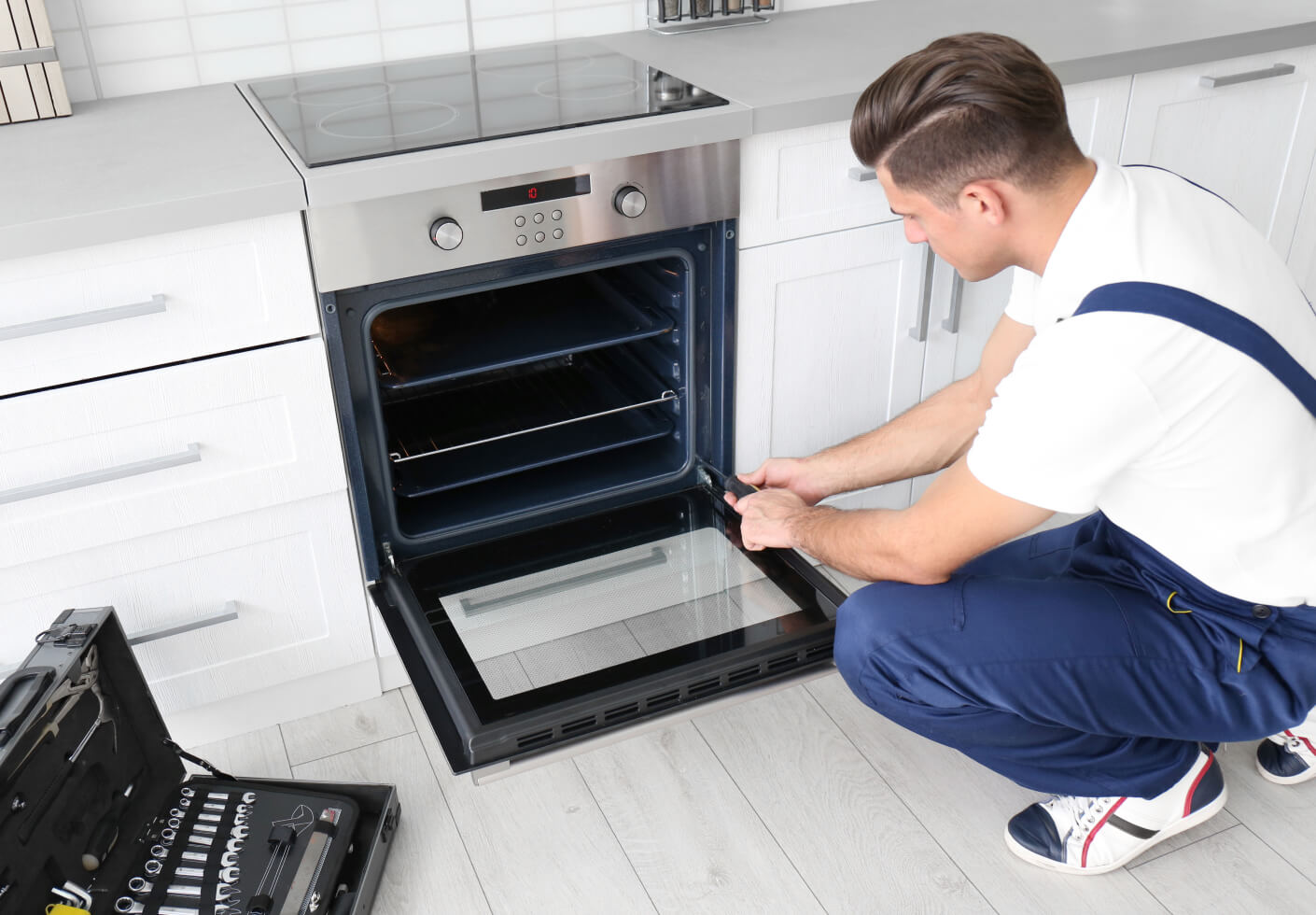
Impact on Maintenance Practices
Advanced ovens are designed to reduce maintenance through features like self-cleaning and automated error detection. While this reduces the frequency of traditional repairs, it also introduces new types of maintenance requirements.
Self-Diagnosing Features
Many modern ovens include self-diagnostic systems that alert users and technicians about potential issues before they become critical. For instance:
-
Malfunctioning heating elements can trigger error codes.
-
Connectivity issues may indicate sensor or control board faults.
-
Overheating or power fluctuations can be detected automatically.
These self-diagnosing capabilities improve efficiency but require repair professionals to interpret error codes accurately. Technicians must combine mechanical knowledge with digital literacy to resolve problems effectively.
Regular Software and Sensor Checks
Ovens with advanced technology demand periodic checks beyond physical inspection. Firmware updates, calibration of temperature sensors, and testing connectivity features have become standard practice. Repair services increasingly involve:
-
Updating software to resolve operational glitches.
-
Resetting or recalibrating smart sensors.
-
Ensuring connectivity modules function seamlessly with home networks.
This evolution has redefined maintenance routines, where regular digital checkups complement traditional mechanical inspections.
Challenges in Repairing Advanced Ovens
While modern ovens offer unparalleled convenience, repairing them poses new challenges that were not prevalent in older models.
Complexity of Components
Advanced ovens integrate multiple complex components, including:
-
Microprocessors for temperature regulation.
-
Advanced sensor networks for cooking precision.
-
Touchscreen interfaces and LED displays.
-
Internet-of-Things (IoT) connectivity for remote monitoring.
Repairing these components requires specialized tools and technical knowledge. For instance, replacing a damaged touchscreen might involve precise disassembly and electronic expertise, which goes beyond the skills required for traditional ovens.
Limited Availability of Parts
Many manufacturers produce proprietary components, making replacement parts less accessible. Unlike older ovens, where heating elements or knobs were widely available, modern units may require sourcing specific circuit boards or sensors directly from the manufacturer. This can lead to longer repair times and higher costs.
Risk of Improper Handling
Improper handling of electronic components can result in additional damage or void warranties. Technicians must follow strict protocols for:
-
Anti-static handling of circuit boards.
-
Safe disconnection of Wi-Fi and smart modules.
-
Correct calibration after replacing sensors or boards.
Failure to adhere to these procedures can exacerbate problems, making repairs more complicated.
Role of Training and Certification
The increasing complexity of modern ovens highlights the importance of proper training and certification for repair technicians. Manufacturers often offer specialized programs that cover:
-
Digital diagnostics and troubleshooting techniques.
-
Safe handling of electronic components.
-
Firmware installation and updates.
-
Sensor calibration and testing.
Certified technicians are better equipped to handle repairs efficiently and maintain the longevity of advanced ovens. For homeowners, choosing certified repair services ensures both safety and quality.
Influence of Smart Connectivity on Repairs
Smart ovens that connect to mobile apps or home networks introduce unique repair considerations. Connectivity allows for remote troubleshooting, but also raises questions about security, compatibility, and privacy.
Remote Diagnostics and Assistance
Many manufacturers provide remote diagnostics for connected ovens. Through a smartphone app or online portal, technicians can:
-
Identify error codes.
-
Monitor system performance in real-time.
-
Guide users through simple troubleshooting steps remotely.
This reduces the need for on-site visits and accelerates repair times, although complex hardware issues still require physical intervention.
Security Considerations
Connected ovens are part of the broader smart home ecosystem. Repairs must account for network security to prevent unauthorized access. Technicians may need to reset network credentials, verify firmware integrity, and ensure the oven complies with security standards.
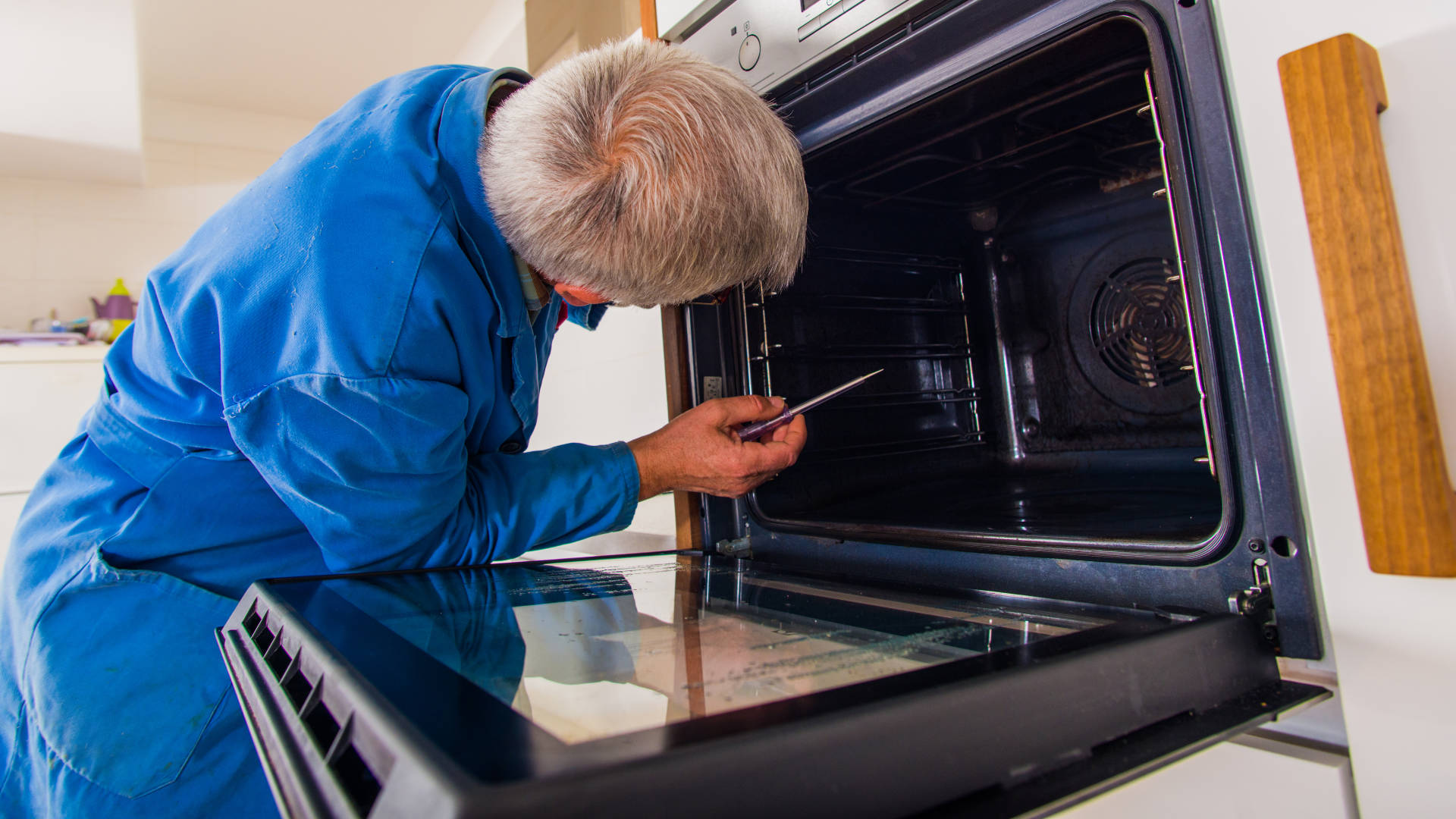
Economic and Environmental Implications
The rise of advanced oven technology affects both the cost and environmental footprint of repairs.
Cost Implications
Modern ovens are more expensive to repair due to specialized components and the need for trained technicians. Factors influencing costs include:
-
Price of proprietary parts.
-
Time required for software diagnostics and updates.
-
Labor costs associated with complex disassembly and reassembly.
While the upfront cost of repair may be higher, advanced ovens are designed to be more durable and energy-efficient, which can offset long-term expenses.
Sustainability Considerations
Repair practices for advanced ovens increasingly emphasize sustainability. Proper maintenance and accurate repairs extend the lifespan of appliances, reducing electronic waste. Additionally, some manufacturers offer recycling programs for old components, minimizing environmental impact.
Future of Oven Repairs
As ovens continue to evolve, repair practices will adapt in tandem. Emerging trends include:
-
Predictive Maintenance: AI-powered ovens may predict potential failures based on usage patterns, enabling preemptive repairs.
-
Augmented Reality (AR) Assistance: Technicians may use AR tools to visualize internal components and guide repairs remotely.
-
Modular Design: Future ovens may adopt modular designs, allowing easy replacement of individual components without complex disassembly.
These innovations will transform the repair industry, making it more proactive, efficient, and technology-driven.
Conclusion
Advanced oven technology has significantly transformed the way repairs are carried out. The integration of electronics, smart connectivity, and self-diagnostic features has introduced new challenges and opportunities for repair professionals. While traditional mechanical repairs still exist, modern practices increasingly involve digital diagnostics, firmware updates, and sensor calibration.
The shift requires technicians to acquire specialized training and adopt new tools to handle complex systems safely and effectively. For homeowners, understanding these changes ensures timely and efficient repair services. Ultimately, as ovens continue to evolve, repair practices will become more precise, technology-driven, and sustainable, bridging the gap between convenience, performance, and longevity.
